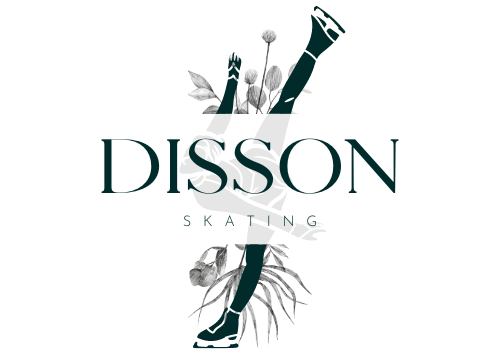Ice skating is a beautiful and mesmerizing sport, a ballet on ice that combines grace, precision, strength, and agility. But have you ever wondered why you never see a skater perform a backflip during a competition, even though it’s an awe-inspiring move? That’s because backflips are banned in figure skating competitions. Today, we will delve into the fascinating history, the reasons behind the ban, and the controversy that surrounds this prohibition.
The Exciting Yet Dangerous Move
Backflips are arguably one of the most thrilling moves in sports, requiring an incredible amount of strength, balance, and fearlessness. In ice skating, they’re even more challenging due to the slippery surface and the need to land perfectly on a single blade, not to mention the speed and momentum required for the flip itself.
The backflip’s inherent danger comes from the severe risk of landing incorrectly, potentially leading to severe injuries like concussions, spinal injuries, or worse. This risk is exponentially higher in ice skating because, unlike gymnastics, where the surface is often padded, the landing surface here is hard, cold ice.
A Brief History of Backflips in Figure Skating

Interestingly, the backflip was not always banned in figure skating. The International Skating Union (ISU), the governing body of figure skating, prohibited it only after a groundbreaking performance by an American figure skater, Terry Kubicka, at the 1976 Winter Olympics in Innsbruck, Austria.
Kubicka was the first and remained the only skater to legally perform a full backflip (landing on one foot) in an official competition. His performance was met with gasps of awe but also concern for the safety of the skaters. In the wake of his performance, the ISU quickly moved to ban the move from competitions, citing safety concerns as the primary reason.
The Science Behind Backflips
Beyond the aesthetics and danger, it’s interesting to understand the science behind performing a backflip on ice skates. On a basic level, performing a backflip requires both rotational momentum (to complete the flip) and vertical momentum (to get high enough off the ice to complete the rotation before landing).
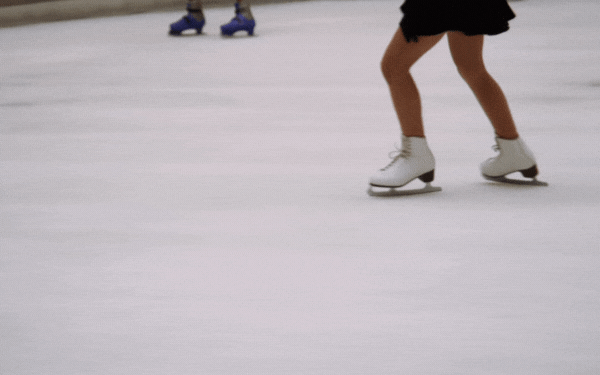
The athlete must generate enough force with their legs to launch their body into the air, and then tuck their body and use their arms to generate the rotation needed for the backflip. It’s a delicate balance: too little force, and they won’t get enough height to complete the flip. Too much, and they could over-rotate and risk an awkward or dangerous landing.
The narrow blade of an ice skate makes the landing especially tricky. Skaters must be extremely precise in their movement and timing to land cleanly on the thin edge of the skate, all while maintaining their balance on the slippery ice.
The Training Challenge
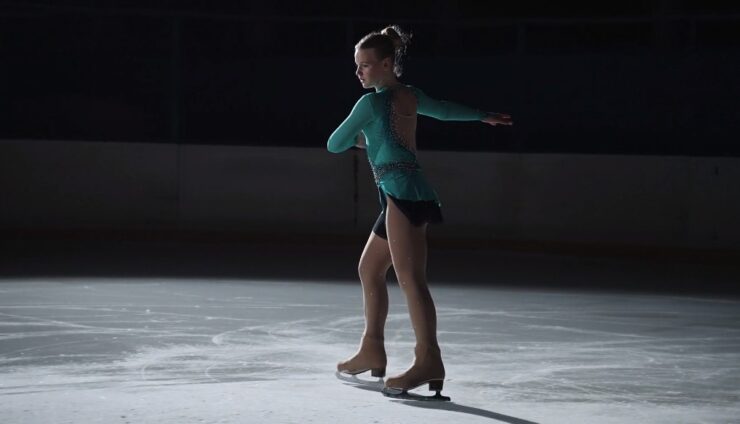
Training to perform a backflip on ice skates is also a complex process. Skaters usually start by learning the move off the ice, often with the help of a harness system or into a foam pit, which provides a soft landing and reduces the risk of injury. They then gradually transition to doing the move on the ice, again often with a harness for safety.
It’s worth noting that this extensive, specialized training is another factor that makes backflips a challenge in figure skating. The time and resources required to safely learn and perfect the move can be a significant hurdle, especially for younger or less experienced skaters.
The Role of Equipment
The equipment also plays a crucial role in performing backflips in ice skating. Skates need to provide enough ankle support to withstand the force of the landing but also allow enough flexibility for the skater to jump and rotate.
Over the years, advancements in technology have led to the development of more supportive and flexible skates, which could theoretically make it easier and safer for skaters to perform backflips. However, as long as the move remains banned in competition, it’s unlikely that we’ll see these advancements fully utilized in this way.
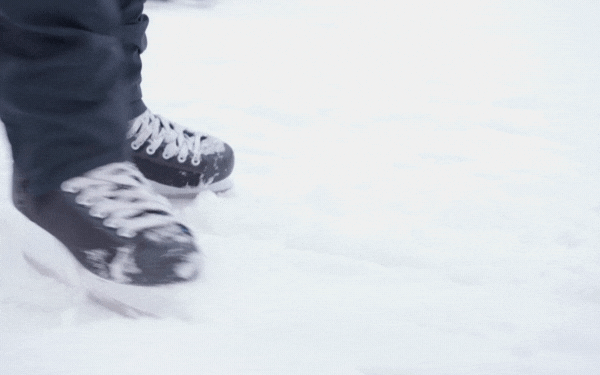
The Cultural Impact
The ban on backflips in figure skating has had a wider cultural impact, as well. It’s often cited as an example of the tension between tradition and innovation in sports and has been the subject of numerous debates, articles, and even documentaries.
The ban also serves as a reminder of the sometimes controversial nature of sports governance. The decision-making process behind rules and regulations, and the balance between athlete safety, audience enjoyment, and the evolution of the sport, is a complex and often contentious issue.
Why the Ban?
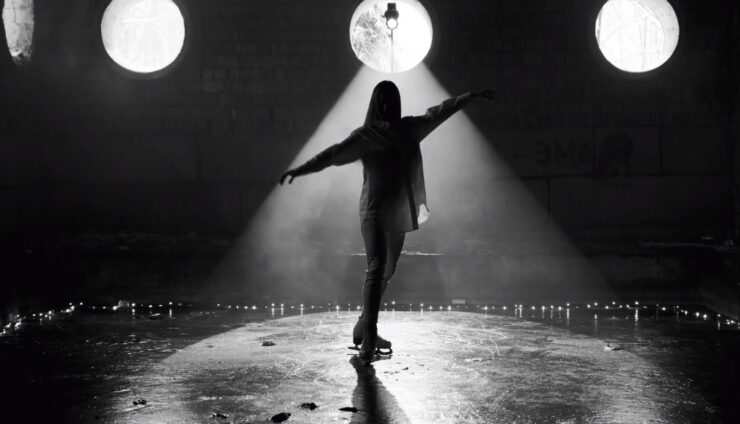
There are two primary reasons for the ban: safety and the integrity of the sport.
Safety
As mentioned earlier, the backflip is a risky move due to the hard landing surface and the requirement to land on a single blade. The ISU, in its role of protecting athletes, understandably wanted to prevent any severe injuries that could result from a poorly executed or accidental fall during a backflip. The high level of risk associated with the backflip outweighs the potential reward of audience enjoyment and skater satisfaction.
The integrity of the Sport
The second reason for the ban is tied to the essence and principles of figure skating itself. According to the ISU, figure skating should be a glide on the ice. A backflip, where the skater leaps into the air and loses contact with the ice, contradicts this fundamental principle. Essentially, the backflip was deemed as not ‘fitting in’ with the expected flow and elegance of the sport.
The Surya Bonaly Controversy
Despite the ban, the backflip made a controversial return to the Olympic ice in 1998, thanks to French skater Surya Bonaly. Known for her athleticism and acrobatic skills, Bonaly was no stranger to controversy. She performed a backflip in the ladies free skate program, knowing well that it was against the rules.
Bonaly’s decision was a protest against what she felt was unfair judging in previous events. She knew she would be penalized but did it anyway, landing her backflip perfectly on one foot – a feat never before seen in an Olympic competition. Although she was indeed penalized and finished in 10th place, her rebellious act has gone down in Olympic history, becoming one of the most memorable moments in figure skating.
The Ban Stands, but the Debate Continues
Despite the ban standing firm for nearly half a century, the discussion around the backflip in figure skating is far from over. Some argue that the sport has evolved and that the move should be reintroduced, given the advancements in training techniques, safety measures, and skates themselves. They believe that the backflip could add an exciting new dimension to the sport and draw in more fans.
Others, however, staunchly defend the ban. They argue that despite improvements in training and equipment, the backflip is still a dangerous move that poses a significant risk to athletes. Moreover, they believe that the move goes against the traditional aesthetic and principles of the sport.
The Future of Backflips in Figure Skating
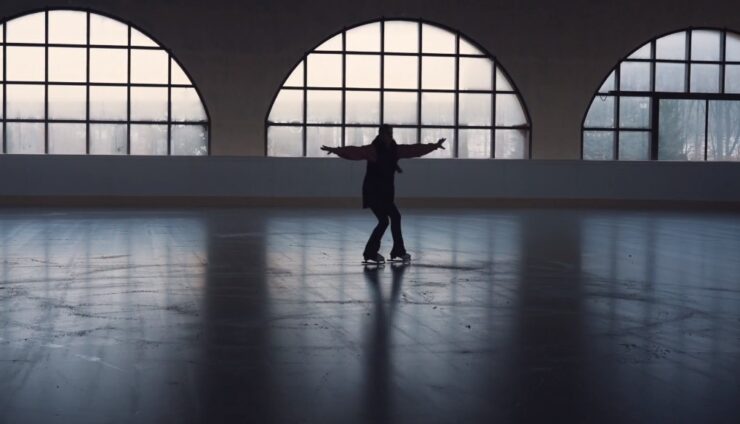
The future of backflips in figure skating is uncertain. While there is a growing chorus of voices calling for the ISU to reconsider its stance, it remains to be seen whether the governing body will change its rules.
At the end of the day, the backflip’s fate lies in balancing the scales between the desire to push the boundaries of what’s possible in figure skating, the integrity of the sport, and, most importantly, the safety of the athletes. As fans and lovers of this graceful sport, we can only watch, wait, and continue to enjoy the incredible performances that our athletes deliver, backflips or not.
Wrapping Up
The debate over backflips in figure skating is a fascinating look into the intricacies and complexities of this beloved sport. The ban, which has stood firm for decades, serves as a testament to the importance placed on athlete safety and the preservation of the sport’s traditional aesthetic.
Yet, the discussion is a reminder of the ever-evolving nature of sports and the constant push from athletes and fans alike to test the limits of what’s possible. Whether we’ll ever see a backflip legally performed in a figure skating competition again is uncertain. But one thing is clear: figure skating, with its mesmerizing combination of athleticism, artistry, and precision, will continue to captivate us, backflips or not.
As we conclude, let us appreciate figure skating for what it truly is – a dazzling dance on ice, a spectacle of strength and grace, and a testament to human agility and creativity. Regardless of the outcome of this ongoing debate, the beauty and thrill of figure skating are undeniably enduring. And who knows? Maybe one day, we’ll see skaters flipping through the air once again, adding another breathtaking layer to this already stunning sport.
